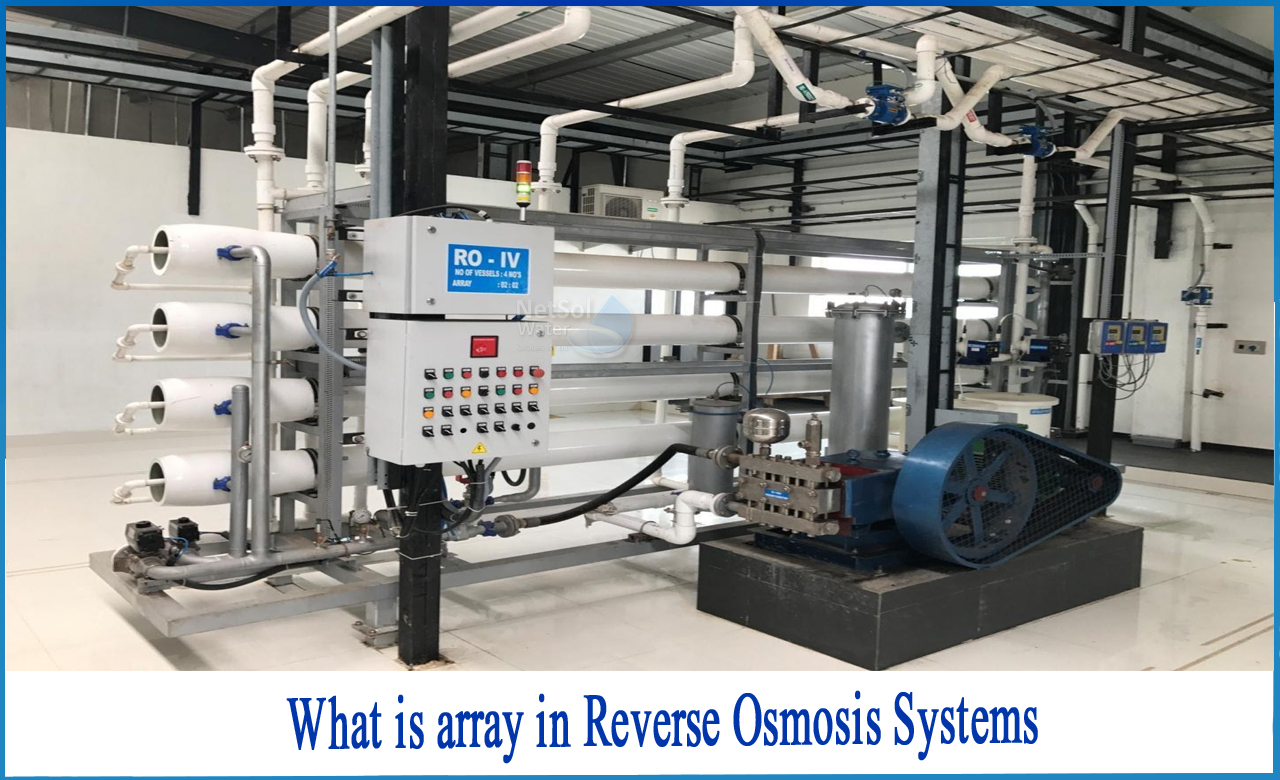What is Reverse Osmosis?
Reverse Osmosis, or RO, is a technique which demineralizes or deionizes water by forcing it through a semi-permeable Reverse Osmosis membrane under pressure.
In order to desalinate (demineralize or deionize) water, you must provide pressure to the reverse osmosis membrane that is larger than the naturally occurring osmotic pressure. This allows the pure water to pass through while keeping the bulk of impurities out.
How does Reverse Osmosis work?
Reverse osmosis works by increasing pressure on the salt side of the RO and forcing the water past the semi-permeable RO membrane, leaving practically all of the dissolved salts in the reject stream (about 95 to 99 percent). The amount of pressure required is determined by the feed water's salt content. The higher is the feed water concentration, the more pressure is needed to overcome the osmotic pressure.
Permeate water is desalinated water that has been demineralized or deionized. The reject (or concentrate) stream is the water stream that conveys the concentrated pollutants that did not pass through the RO membrane.
The water molecules pass through the semi-permeable membrane as the feed water enters the RO membrane under pressure (enough pressure to overcome osmotic pressure), but the salts and other contaminants are not allowed to pass and are discharged through the reject stream (also known as the concentrate or brine stream), which can be drained or fed back into the feed water supply in some circumstances to be recycled through the RO system to save the water. The water that passes through the RO membrane is known as permeate or product water, and it is normally devoid of dissolved salts to the tune of 95 percent to 99 percent.
What is array in Reverse osmosis systems?
In a two-stage reverse osmosis system, an “array” refers to the physical layout of the pressure vessels. RO membranes are contained in pressure vessels (usually from 1 to 6 RO membranes are in a pressure vessel). A specific number of pressure vessels with RO membranes can be added to each step. The feed stream for the following step is made up of the rejects from the previous stages.
The 2:1 array shown in the above diagramis a two-stage RO system in which the concentrate (or reject) from the first two RO vessels is supplied to the next vessel.
The feed water enters the RO system as a single stream and departs as either concentrate or permeate water in a one-stage RO system.
The concentrate (or reject) from the first stage provides the feed water for the second stage in a two-stage system. The permeate water collected in the first step is blended with the permeate water obtained in the second stage. Additional steps improve the system's recuperation.
Technical assistance and guidance
Netsol Water collaborates with a wide range of international organizations to tackle complicated RO problems by strategically integrating modern treatment technology with practical solutions.
If you need any technical help and guidance, or simply have a query regarding our water and wastewater treatment technology solutions, contact one of our expert advisers via phone at +919650608473 or contact via email at enquiry@netsolwater.com



